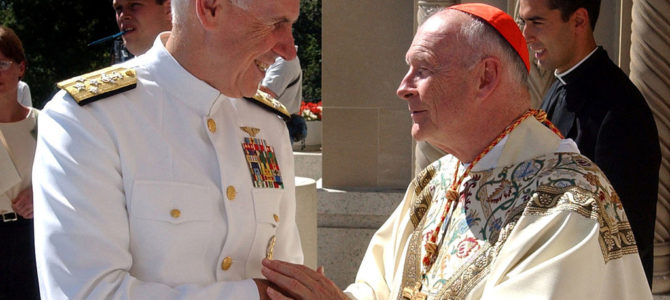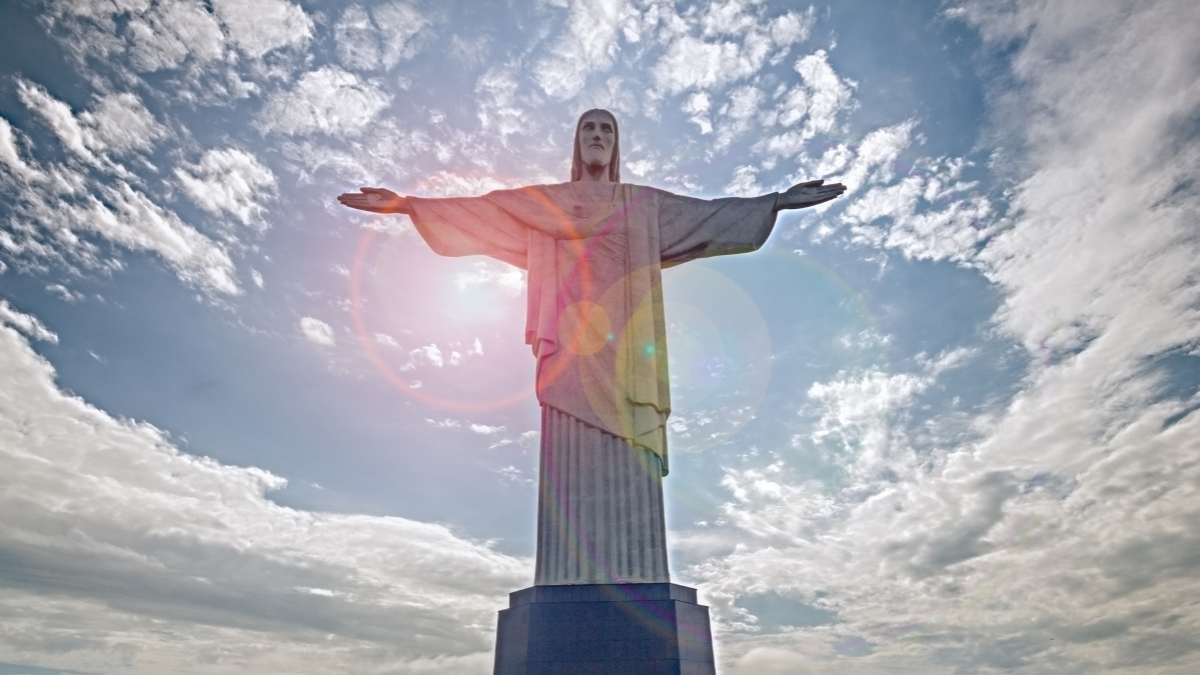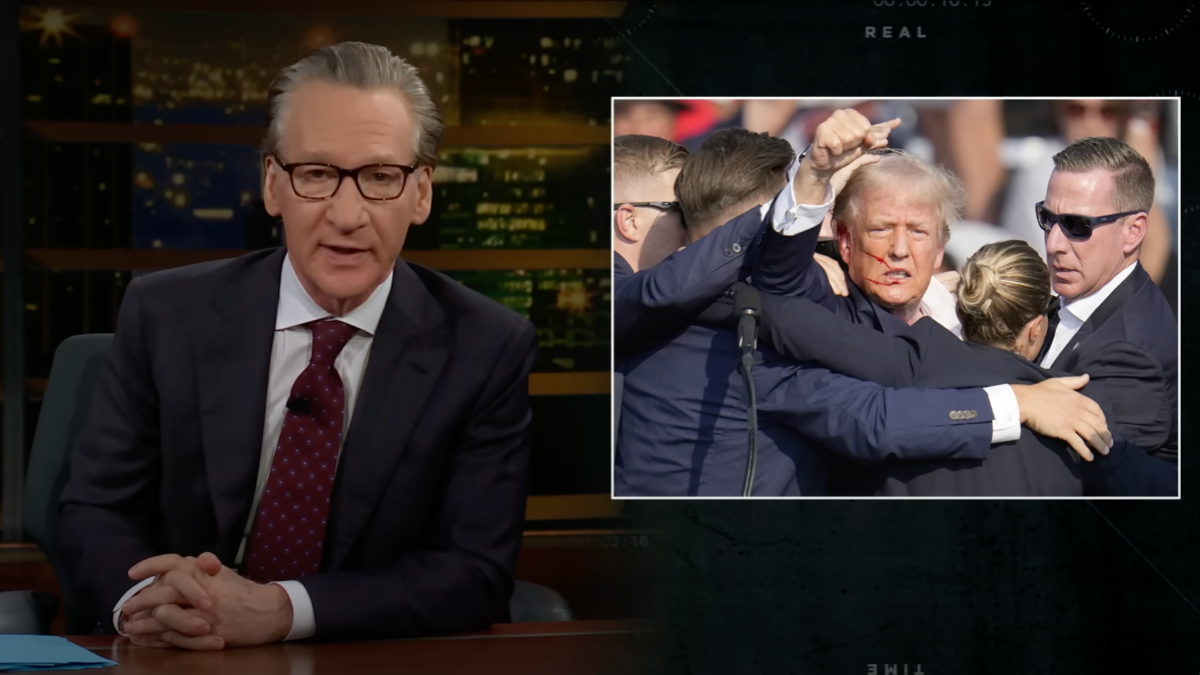
A sociopathic cardinal and kingmaker caught retrospectively with his pants down is big news. That the pope knew and covered for him is even bigger. So the torrent of coverage is inescapable. You have already read the sorry details about “Uncle Ted,” his beach house sleepovers with seminarians, the cuddling and groping, all while Theodore McCarrick moved up the clerical ladder, reaping power and influence.
Then appeared Archbishop Carlo Maria Viganò of Kosovo, former apostolic nuncio in Washington D.C., to finger a bevy of hierarchs in color-coded zucchettos who protected and advanced him. Worse, he stated that Pope Francis had been aware of McCarrick’s sexual history. The pope who should have cashiered a serial predator made him a trusted advisor instead.
It is a blockbuster story. But where does it lead?
We wait to see if an ecclesiastical court will defrock McCarrick. There is little reason to hand him to civil authorities since seminarians were adults at the time of Uncle Ted’s pajama parties. The statute of limitations ran out long ago on the alleged handling of an 11-year old boy. The court might simply invoke mercy for an old man and leave him to his retirement, keeping both his pension and his current title.
For now, the ex-cardinal remains an archbishop, sentenced only to “prayer and penance in solitude” and the demotion. A galling prospect, it clamors for removing canonical shields from all clergy accused of criminal activity, no matter their rank. Only in recent decades have diocesan priests been accountable under civil law in a criminal matter. But the ancient protocol still protects their superiors.
The “Catholic Encyclopedia” states the reasoning behind the tradition: “The Church could not permit her clergy to be judged by laymen; it would be utterly unbecoming for persons of superior dignity to submit themselves to their inferiors for judgment. The clergy, therefore, were exempt from civil jurisdiction.”
A Wrecking Ball Swings Again
McCarrick is not the only person of superior dignity who belongs in the dock. So do the men who knowingly facilitated him, plus bishops everywhere who played musical chairs with abusers. Francis does not look good in all of this. He declined comment, telling journalists to read the document “carefully” and judge for themselves, a sly dismissal. You can read Viganò’s bombshell in its entirety here.
Despite my distaste and mistrust toward this pope, I am somewhat detached from Viganò’s 11-page j’accuse. I have stopped reading about it. I can only respond to this exposé—after catching my breath to do it—simply as a practicing Catholic.
The Eucharist is my life’s blood; I am wedded to the Mass and the sacraments. From that standpoint, the rest is merely the way of the world. On the Potomac or the Tiber, a swamp is a swamp. Triumphalist emphasis on the church as a perfect society fails to admit that the church is always a sinful one.
For all its ugliness and the pity of it, there is a strain of burlesque in the administrative disarray Viganò revealed. Careers and reputations, including that of Benedict XVI and John Paul II, are implicated in the mismanagement. The shambles precedes McCarrick. Church governance seems to be descending into French farce: La Cage au Folles acted by vowed celibates with stellar resumés.
We Saw the Dress Rehearsal Already
As happens with many shockers, there is often nothing surprising about them. The Most Rev. Vincent Paglia, of recent Catholic memory, provided dress rehearsal for the current scandal. But Paglia operated in Italy, out of sight of mainstream American media. His rise in the Vatican nomenklatura corresponds to McCarrick’s. The parallel is instructive.
Appointed bishop by John Paul in 2000, Paglia commissioned an out-and-proud homoerotic mural —with a depiction of himself in it—for his cathedral in 2007. The artist was an Argentinian gay noted for transgressive imagery. No matter. Benedict raised him to archbishop five years later and named him president of the then-Pontifical Council on the Family. In 2016, with the mural still intact, Francis appointed him president of the Academy for Life and grand chancellor of the St. John Paul II Pontifical Institute for Studies of Marriage and Family.
Paglia’s narcissistic urge to flaunt his liberation from the moral considerations he was ordained to honor was a finger in the eye of the faithful, who trust in a priest’s fidelity to his vows. The mural declared Paglia’s trust in his immunity from consequences.
Paglia and “Uncle Ted” are twin branches of a poisoned stream running under the Vatican wall. Ultimately, the core of the issue here is not about sex. Not substantially. It is about a degraded Vatican culture that supports men like Paglia and McCarrick, awarded with authority instead of being handed sackcloth and ashes and packed off to a hermitage.
The True Scandal Is in the Coverup
The true scandal, now as before, lies in the basis for each man’s confidence that he could broadcast his inclinations—Paglia on a cathedral wall, “Uncle Ted” in bed with his “nephews”— without fear of censure. On what protections did their certainty rely? Who were the enablers of these cocksure avatars of male bonding? From how high up the ecclesial ladder did their insurance come?
We are learning. Thirty years ago, A.W. Richard Sipe, a psychiatrist and ex-Benedictine who authored three books on celibacy and the priesthood, predicted: “When the whole story of sexual abuse by presumed celibate clergy is told, it will lead to the highest corridors of Vatican City.” Now it has. The arrogance on display hints at a reservoir of disdain for the faithful coupled with an unholy sense of entitlement.
Two weeks before Viganò’s bombshell, LifeSite News reported the testimony of a pastor in Tampa, Florida under the headline: “Evil Gay Bishops ‘Persecute, Blackmail’ Faithful Priests Who Might Expose Their Secret.” It carries the frisson of a 19th century gothic novel. “The Awful Disclosures of Maria Monk” comes straight to mind.
‘Many people still don’t (I believe most priests still don’t) understand just how evil the active homosexual or homosexual activist … priests and bishops are,’ writes the pastor of that Tampa, Florida parish. . . . [They} cannot possibly grasp the hellish depths to which … clergy will go to persecute, lambaste, punish, humiliate and blackmail anyone who stands in their way or threatens their way of life.
Timing was perfect. As if on cue Viganò appeared, like brave Lochinvar come out of the west. Immediately after, Vatican watcher John Allen Jr. reported that Viganò himself had put the damper on a 2014 investigation into sexual misconduct of then-archbishop John Nienstedt of the archdiocese of St. Paul and Minneapolis. (Nienstedt resigned a year later.) Allen recommended a large grain of salt. Viganò fired back in self defense against “false charges.” The volleying persists.
Still Searching for a Smoking Gun
So then, did our whistleblower deliver the smoking gun that conservatives have yearned for? Is it time for a bloodless Night of the Long Knives to purge homosexuals from ministry? Is Holy Mother Church the Bride Stripped Bare by Her Bachelors? Or is this a putsch against the pope orchestrated by his #NeverFrancis enemies? Michael Sean Winters’ colorfully worded skepticism illustrates the hopes of papal apologists:
The former Vatican ambassador to the United States is to the clergy sex abuse crisis what Oliver Stone is to the assassination of President John Kennedy, a trafficker in conspiracy theories who mixes fact, fiction and venom to produce something explosive but also suspicious.
Winters continues: “Viganò is more than a little obsessed with homosexuality and names prelates whom he accuses of supporting efforts at ‘subverting Catholic doctrine on homosexuality.’” If homosexuality is Viganò’s grassy knoll, the preoccupation has a long pedigree. St. Catherine of Siena witnessed a good deal of homosexual behavior at the court of Pope Gregory XI seven centuries ago. Her revulsion induced visions in which Christ delivered himself of a denunciation harsher than anything directed at the vipers of his own day:
For this [homosexuality] not only causes Me nausea, but displeases even the demons themselves, whom these miserable creatures have chosen as their lords. For Me, this sin against nature is so abominable that, for it alone, five cities were submersed, by virtue of the judgment of My Divine Justice, which could no longer bear them. . .
Even the devil is disgusted. The vision lends historic resonance to Viganò’s indictment. This, in turn, increases pressure to screen men with homosexual tendencies from the seminaries. It also renews the drumbeat for a married clergy and, in some circles, for female ordination.
It is unclear that any one of these remedies will purify the Vatican’s patronage system. Sipe’s studies led him to believe that homosexual priests were no more likely than straight ones to break vows of celibacy. And we have only to look at secular politics to gauge the elevating effect of marriage or the participation of women. Something deeper, more profound, is at work—the arrogance of power.
The Arrogance of Power
When Sen. William Fulbright coined the term, he defined it as the tendency of nations to equate power with virtue. Mussolini’s Lateran Treaty did the gospels no favor when it made the Vatican a sovereign state, a power unto itself with a swelling roster of bureaucratic functionaries and career dignitaries who forget they are priests, not pashas.
One detail of the 2003 murder in prison of defrocked priest John J. Geoghan, a serial sex abuser, applies here. The inmate who killed him had become enraged by the ex-priest’s grotesque self-regard. However exaggerated, Geoghan’s egoism reflected a clerical mindset that views laity as little more than constituents of a church that is contained in its clergy. The New York Times reported:
During a later conversation, Mr. Druce [the inmate] said, he told Mr. Geoghan that in molesting 150 to 200 children, he had ‘destroyed all kinds of lives.’ Mr. Geoghan responded, ‘I’m worth 300 of them,’ the witness testified.
The upward reach of McCarrick’s disgrace cautions Catholics against taking refuge in facile invocations of Jesus’ great promise: “I will be with you always, even until the end of the world.” That pledge was made to a fellowship, a community of believers, not to the Roman ecclesiastical structure. If this sordidness stirs humility where it is needed, it will not have been futile.









